
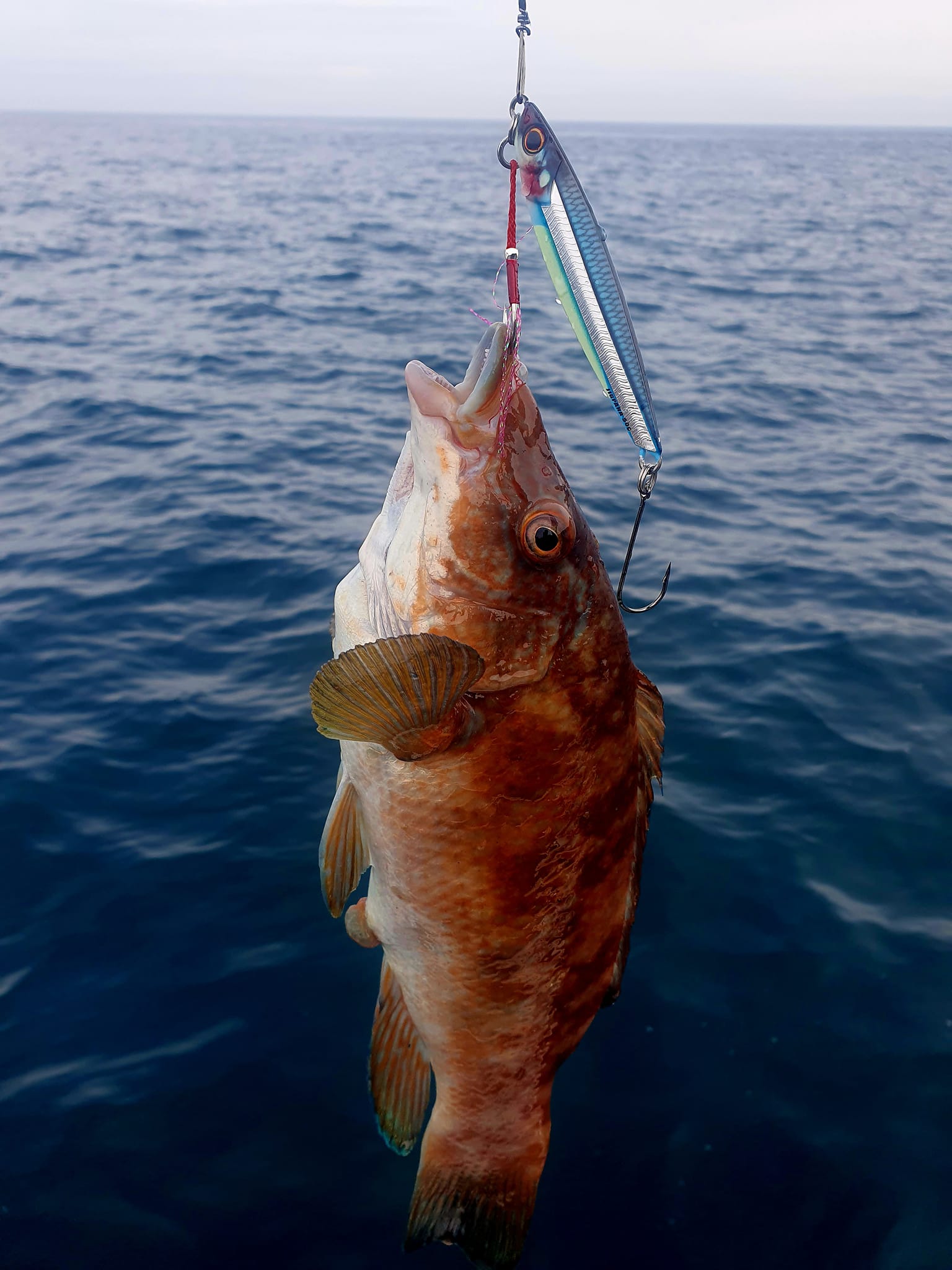

















The Review of the Netting Permit Conditions
Have Your Say

The consultation is not a questionnaire. This phase one consultation has no focussed or specific items, but it does give all stakeholders the opportunity to examine the present Netting Permit Conditions, see how netting is being managed by D&S IFCA and respond accordingly.
The following prompts may help you provide a response:



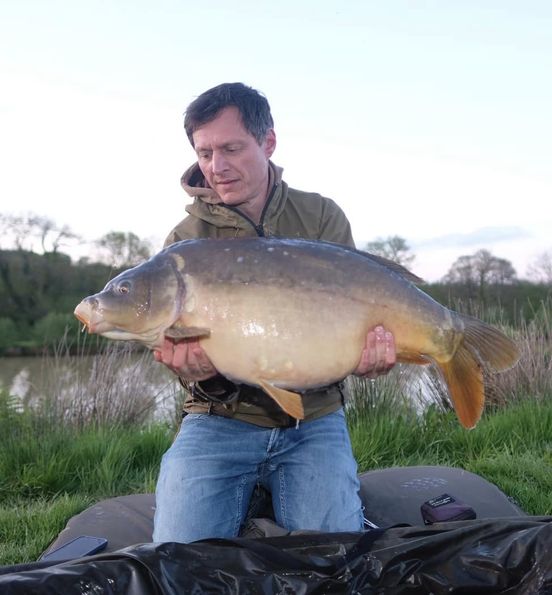


Braunton Baits Craig Mcloughin took his frozen sandeels and squid to a local North Devon beach and tempted several small eyed ray. It has been a good season for ray so far this year which bodes well for the forthcoming Putsborough Open Match organised by Combe Martin SAC.
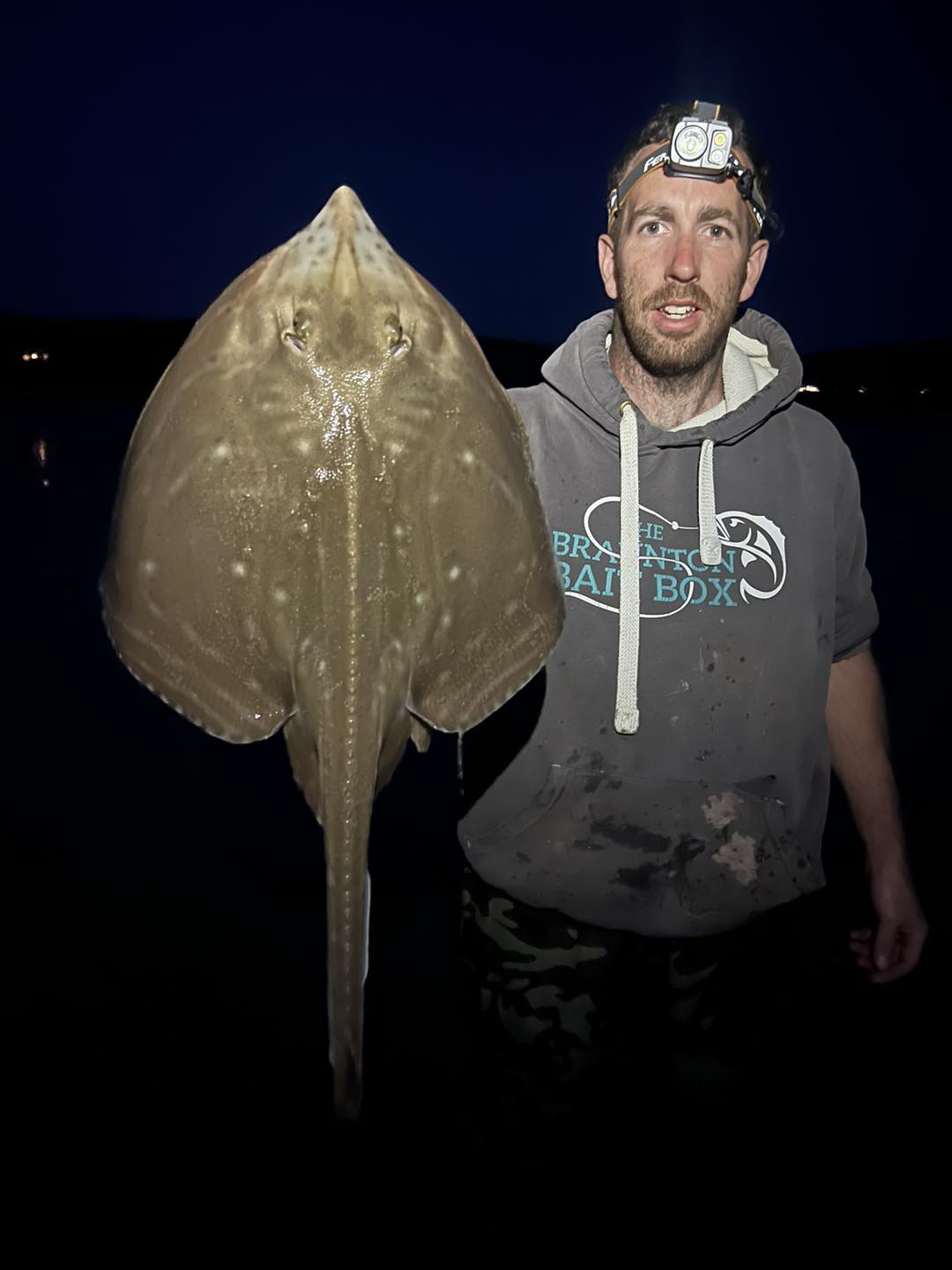











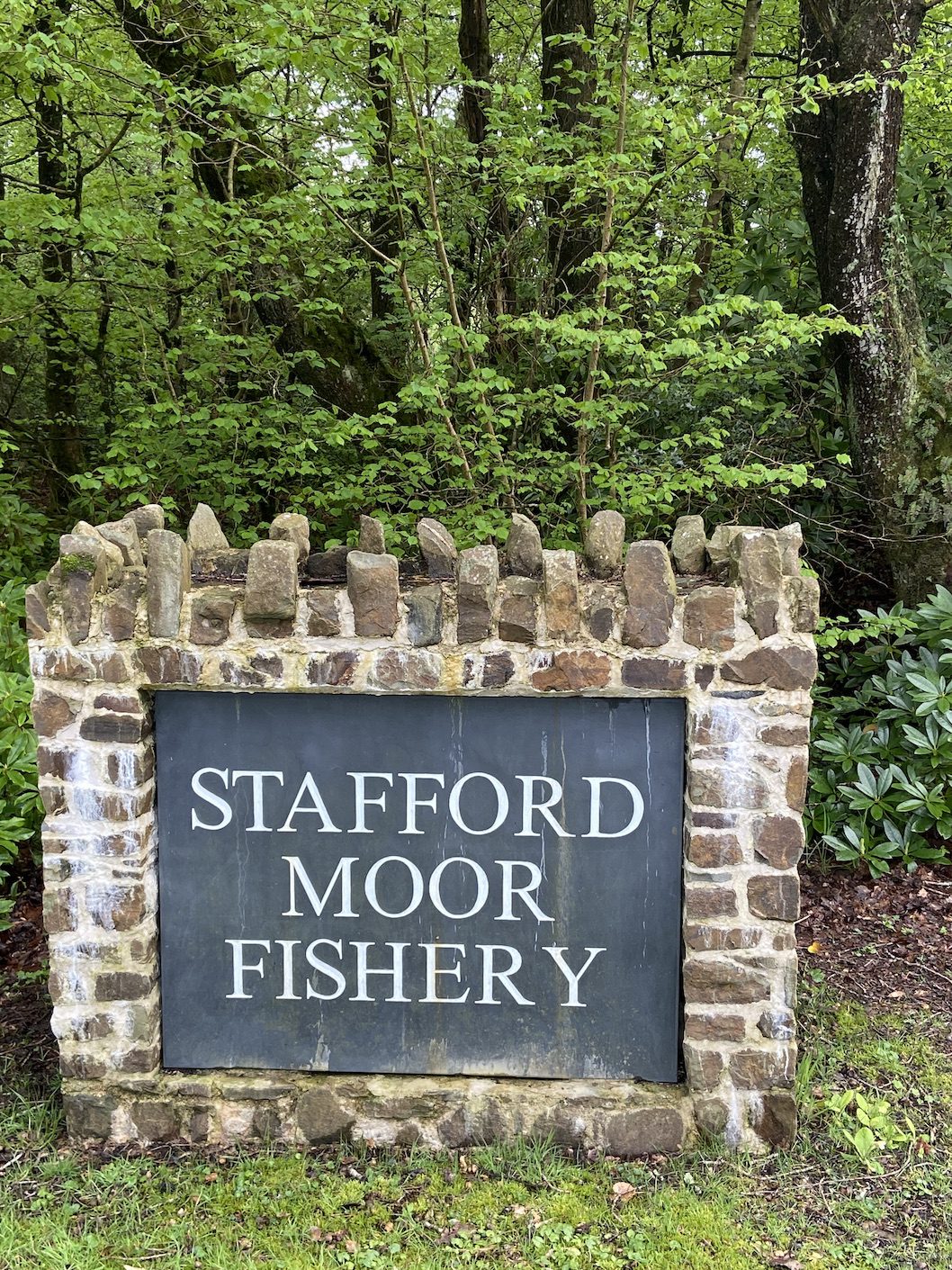
I have been visiting Stafford Moor for over forty years collecting a wealth of memories from its banks. During the late 1970’s and early 1980’s the fishery was one of the top Stillwater trout fisheries in the country. When I first fished there the lake was owned by Andrew Joynson and managed by Gordon Eveleigh. The lake was well stocked with rainbow trout and brown trout to over 10lb . I well remember tempting a rainbow of 12lb from the lake which is now Beatties. The fishery was extended in the eighties with the higher lake excavated to offer more scope for the trout anglers.
In 2001 the fishery started a new chapter when it was bought by Andy Seery who transformed the lakes into an outstanding coarse fishery offering superb match and coarse fishing.
Today Stafford Moor is owned by the Coombes Family who have invested much time and energy and money into the fishery ensuring it remains one of the country’s top match and specimen venues with luxury Canadian style lodges.

I had been intending to pay a return visit to target the venues carp for some time and arranged a visit in early May. Joanne Coombes and her daughter Millie offered a warm and cheery greeting as I walked into the shop to purchase some bait and bits for my trip on Lodge Lake. The shop is extremely well stocked with bait and tackle for both match and specimen anglers. The shop also has fresh milk, bread and snacks.




I was very impressed with the clean and well maintained onsite facilities that include toilets and showers for anglers to use.
I parked up in the Lodge Lake car park and had a scout around to choose a swim to occupy for the next 24 hours. Fortunately, I had several to choose from and settled for the Big Island Swim. With a gentle breeze blowing into the corner and the odd fish showing I felt confident that this would produce.


I loaded the barrow and wheeled my ridiculous mountain of gear to the swim. First job was to have a cast around with a lead and float to find the depth and potential features. The Island directly out in front was an obvious point of interest and I decided that I would put a bait on each end of the island fishing a third bait out into the clear water to my right.
On the left of the island, I found around three foot of water close in with around five foot to the right side. I carefully measured the distance to my chosen spots and spodded out a mixture of pellets and broken boilies.

I then cast out my baits into each of the chosen spots and set about erecting the bivvy as ominous rainclouds started to build. With the bivvy set up and tackle sort of tidy I put out a few more boilies with a throwing stick. The middle rod was suddenly away the indicator screaming its warning! I lifted the rod to feel a momentary heavy weight. Sadly, the fish came off within seconds and I cursed my luck. Encouraged I hoped this wouldn’t be my only chance of the session.
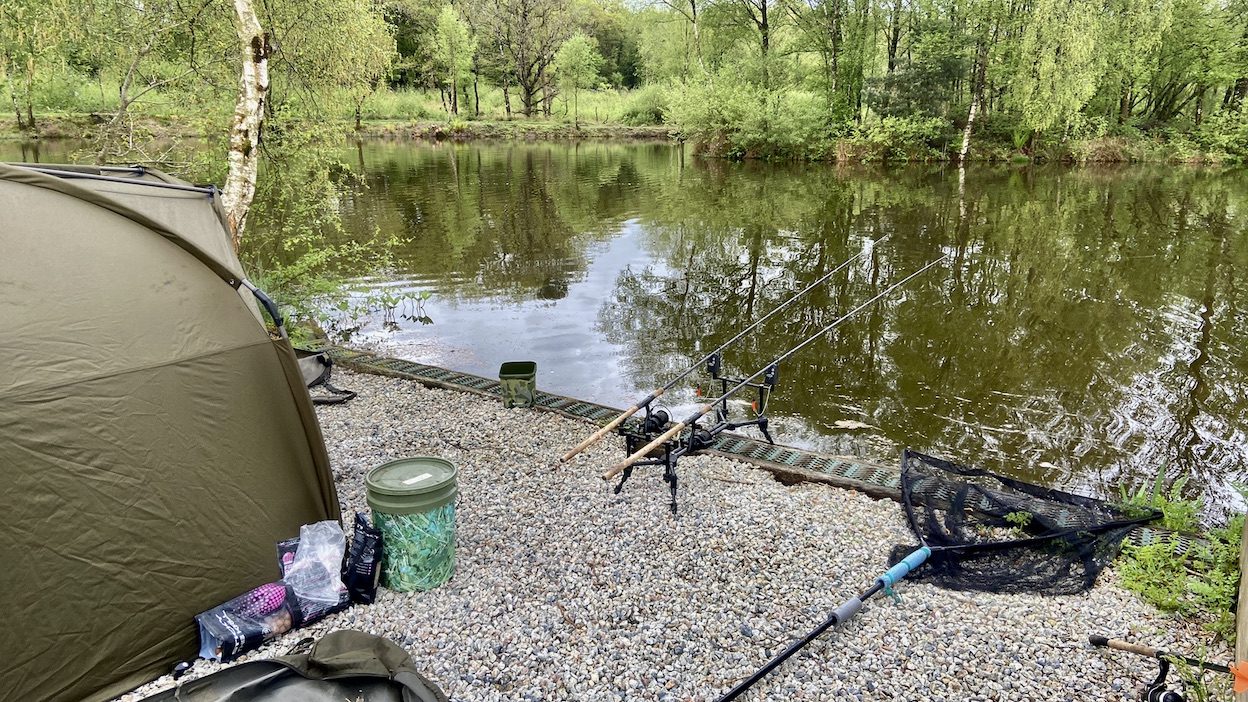
The swims are well laid out with a gravel base ensuring you do not end up fishing amidst a sea of mud. I put the kettle on and made a fresh brew of coffee sitting back on the bed chair to savour the tranquil surroundings.

When I first fished this lake for trout close to forty years ago there was only sparse vegetation with the banks showing the scars of recent excavation. Today the lakes have matured with the lush greenery of late spring all around. My mind drifted back over the years at the fishery and how it has matured into a haven for wildlife and a fantastic venue for anglers and their families.
Ominous rumbles of thunder came from nearby as the storm clouds gathered. Rain started to fall with intensity and I was glad of the bivvy’s sheltered interior. I love looking out across lakes as the lights and shades play upon the water. At times the rain pelted the surface with great intensity and I sort of dreaded a run for to leave the bivvy would result in a drenching.

I hadn’t expected any extensive rain with the met office forecasting 10% chance of showers! I looked that the rain radar and noted that the rain should eventually move away by late afternoon.
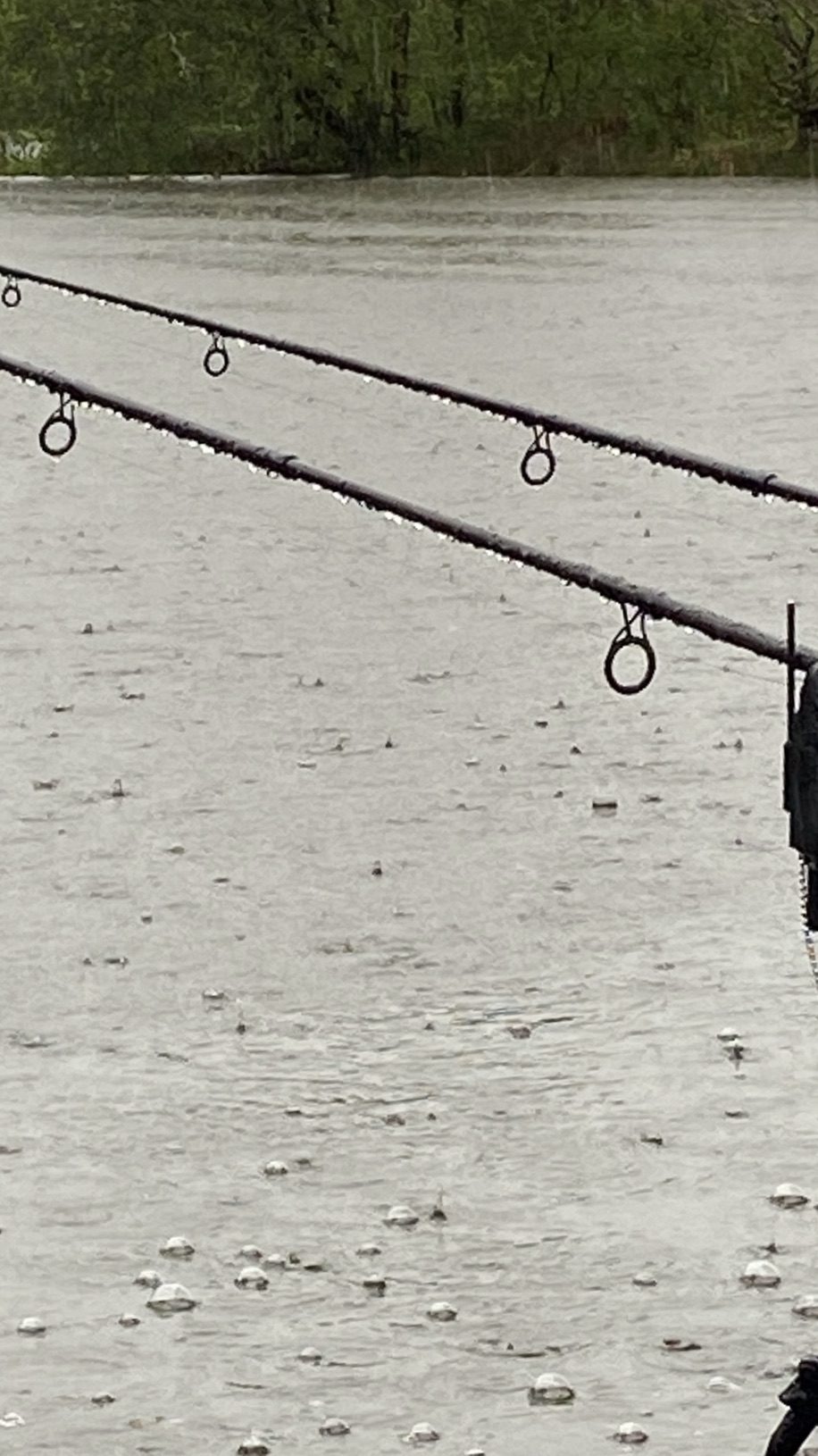
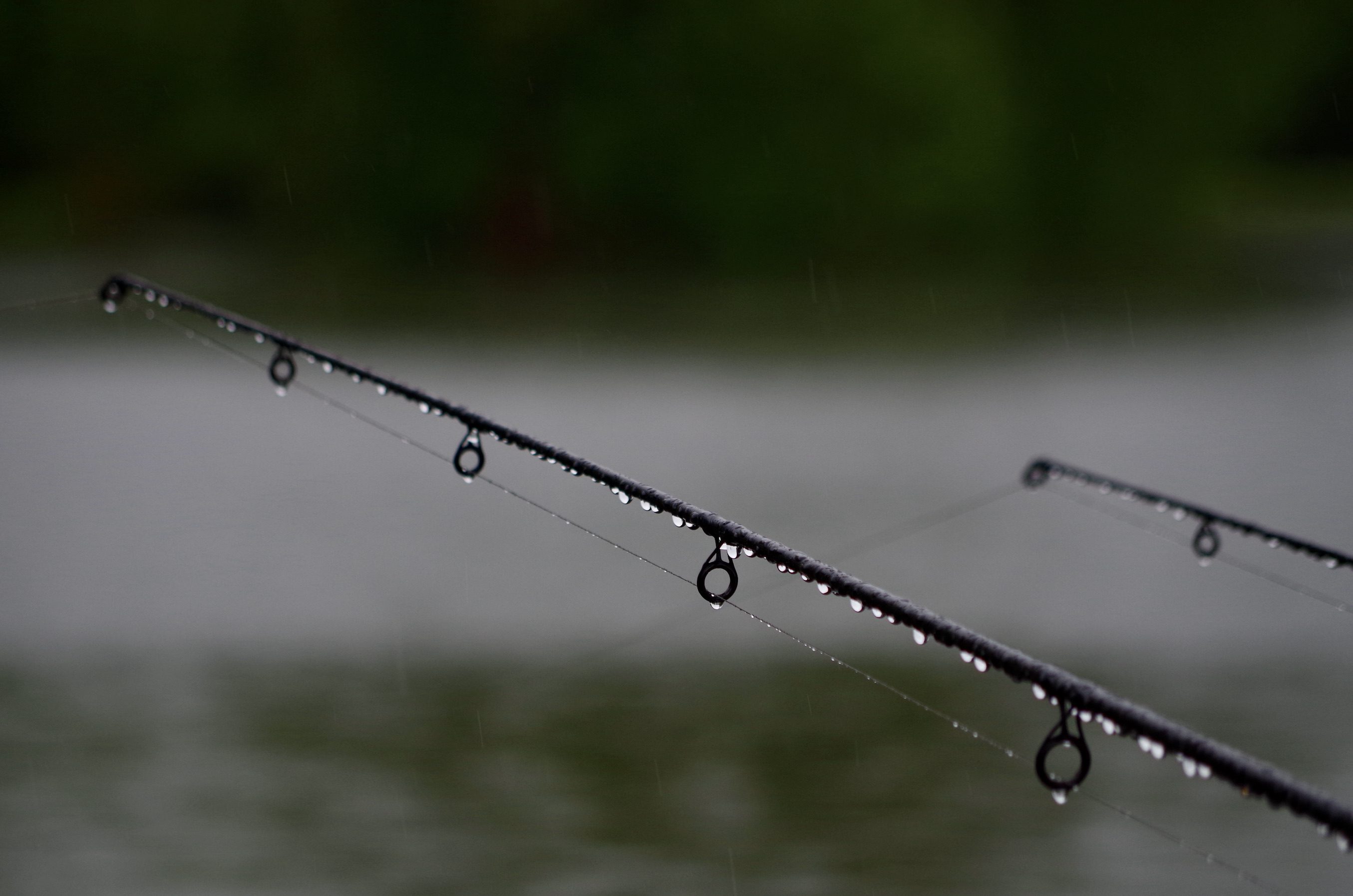

At around 6.00pm the rain did indeed stop and weak sunshine broke through the clouds. Surely the carp would come on the feed anytime soon. I cast out fresh baits and spodded a few more boilies
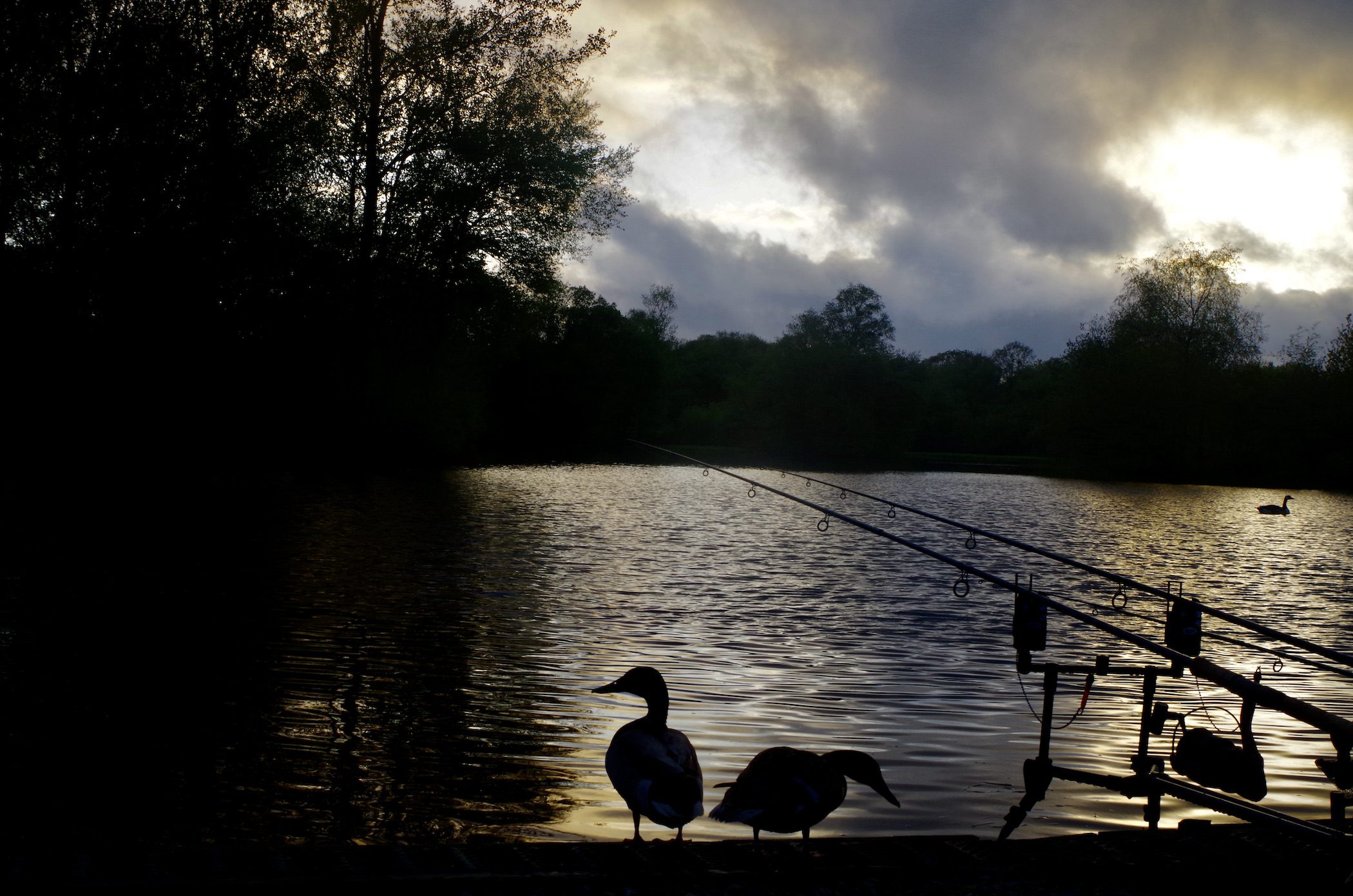
As darkness eventually descended I expected a run at any moment. I soaked up the atmosphere relishing the onset of darkness as owls hooted in the nearby trees. The occasional star could be glimpsed in breaks in the cloud. I snuggled into the sleeping bag ever hopeful that a screaming alarm would wake me from my slumbers.
A breeze picked up overnight and the occasional single bleep came from the bite alarms raising expectation as I woke sporadically during the dark hours.

The soft cool light of dawn brought with it a sense of disappointment. The confidence that is so vital was ebbing slowly away. I expected to see signs of life as the temperature climbed but all was still except for the ducks and robins that frequently visited my swim.
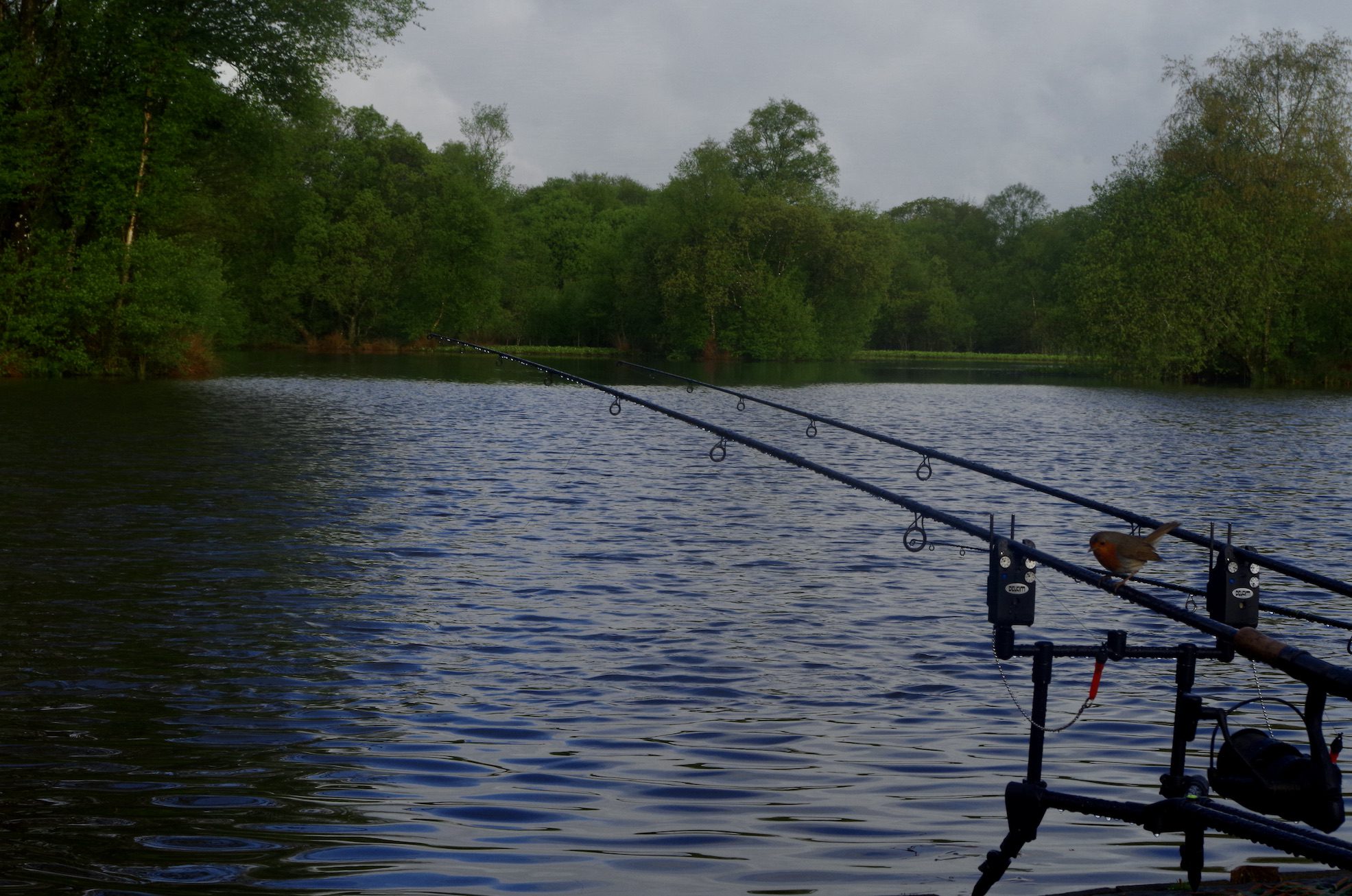
I reeled in the middle rod and checked the bait that was all good. I put on a fresh bait and topped up the bait in the swim with a few boilies and pellets. The other rods were left in place as I was confident that all would be present and correct with the baits.
I brewed a fresh coffee and sat back to survey the lake and analyse why I had failed to connect with any of the lake’s residents. It would have been interesting to know how other anglers on the complex had caught during the 24 hours I was present. I had a degree of confidence in my bait and rigs. The swim I had chosen seemed to be likely to hold carp with good features and a gentle breeze blowing into the corner.
Perhaps the heavy rain had resulted in a dramatic drop in water temperature suppressing the fish’s appetite? It was possible that the carp were preparing to spawn?
I compared notes with a good friend who told me that his mate was fishing a prolific water and had not had a run for 36 hours. So maybe the conditions were just not conducive for good fishing? Or was I just a bad angler?
I am not a regular carp fisher and fish very few longer overnight sessions. With many species of fish to target I am wary of the addictive nature of carp fishing. The desire to hear that bite alarm scream out and subsequent bending rod is a strong compulsion.
Non anglers struggle to comprehend the whole notion of spending days trying to catch a fish that is returned to the water. I have given up trying to explain or justify the obsession. There is certainly something rather special about carp fishing that attracts a huge number of devotees.
I am looking forward to my next visit to a carp lake when I will hopefully get it right and bank a fish or two.
Recent reports at Stafford Moor show some very impressive specimens with several carp of over 30lb banked.
(Below) Andy & Jack Burrett fished on swims 1 and 2 on Beatties lake and banked 43 fish including a new Common lake record ! ………….. a stunning 36lb 3oz common.






( Below) Ben Smith banked 7 fish out up to 31lb 12oz from the inlet swim on Beatties lake , Ben used pva bags with pellet and 12mm pink wafters.



I called into the shop after packing away having to admit to Jo that I had blanked on what is one of Devon’s most prolific carp waters. I joked that I was able to blank and still leave with a smile. The fishery owner’s life is certainly not easy as Jo quipped that she could write a book on the strange comments made by visiting anglers. “ How many fish can I expect to catch in a 24 hour session?”. Or “I am off now; I have been fishing for nearly three hours and caught too many fish! Meeting the needs of anglers is certainly a challenge.
My own impression of Stafford Moor is that of a very well run fishery that offers the chance to catch some superb specimens. Next time I intend to put things right!